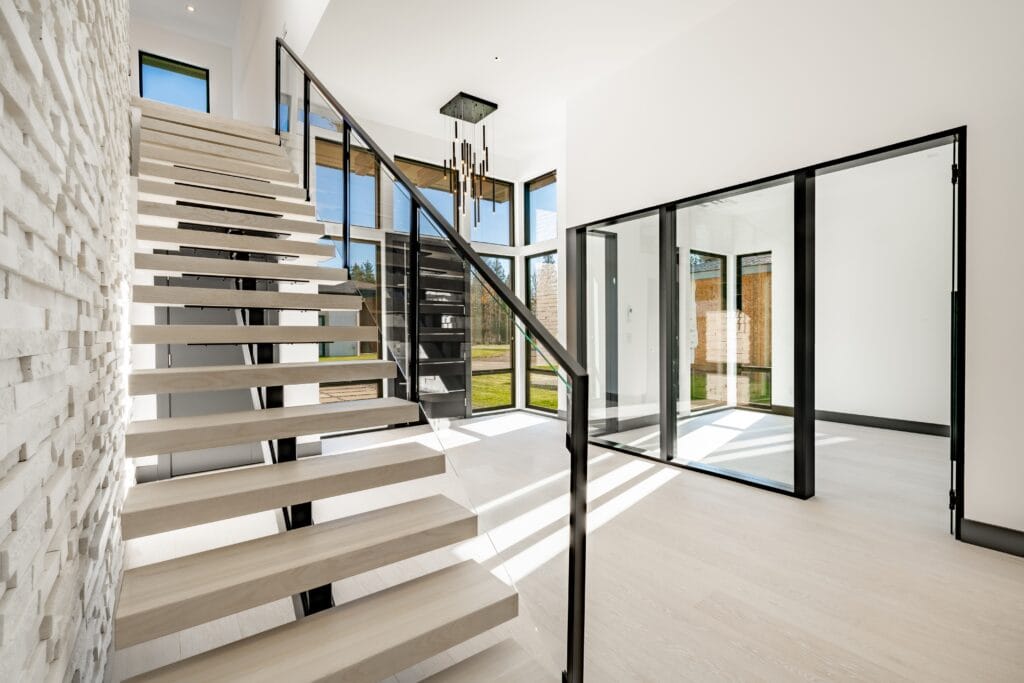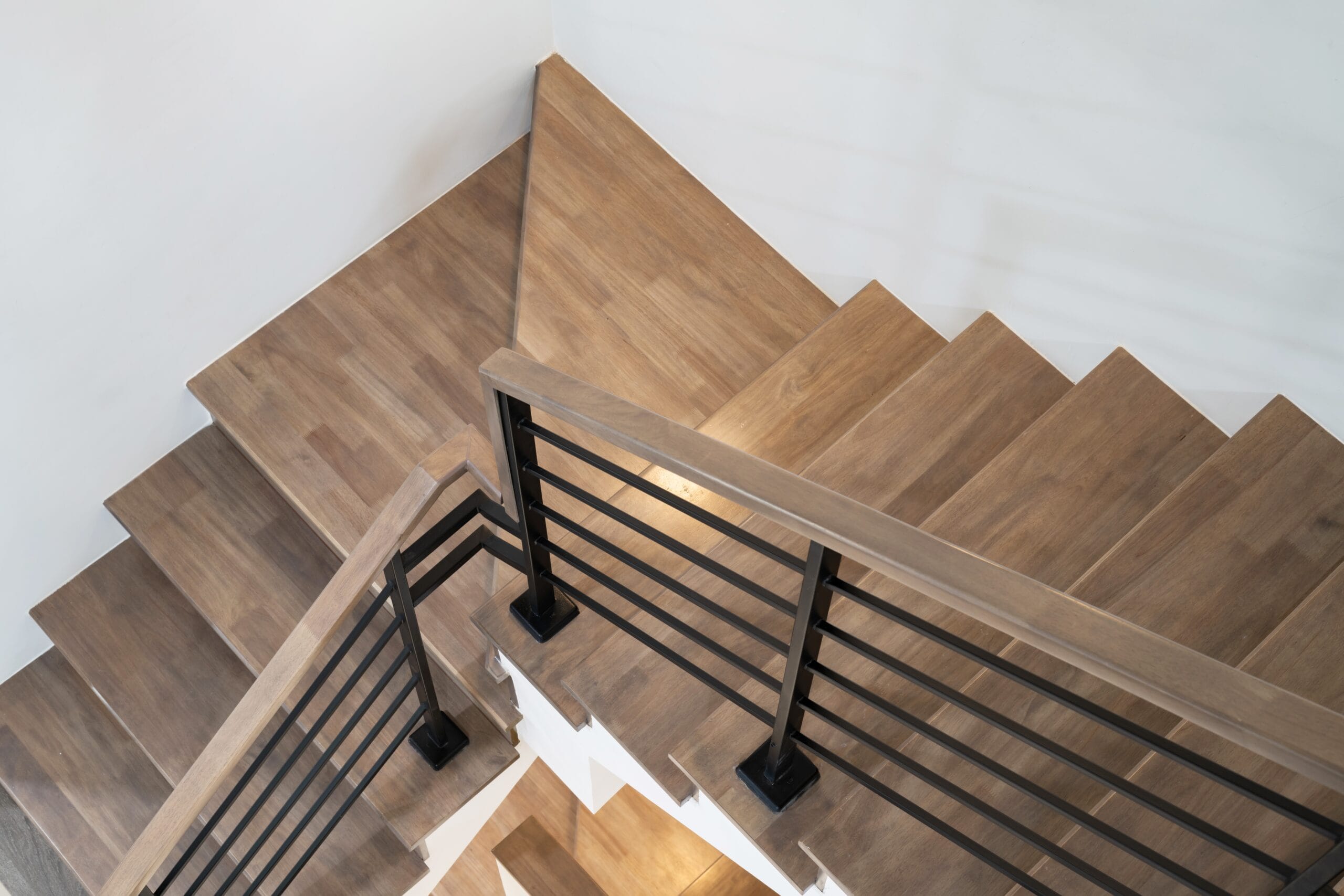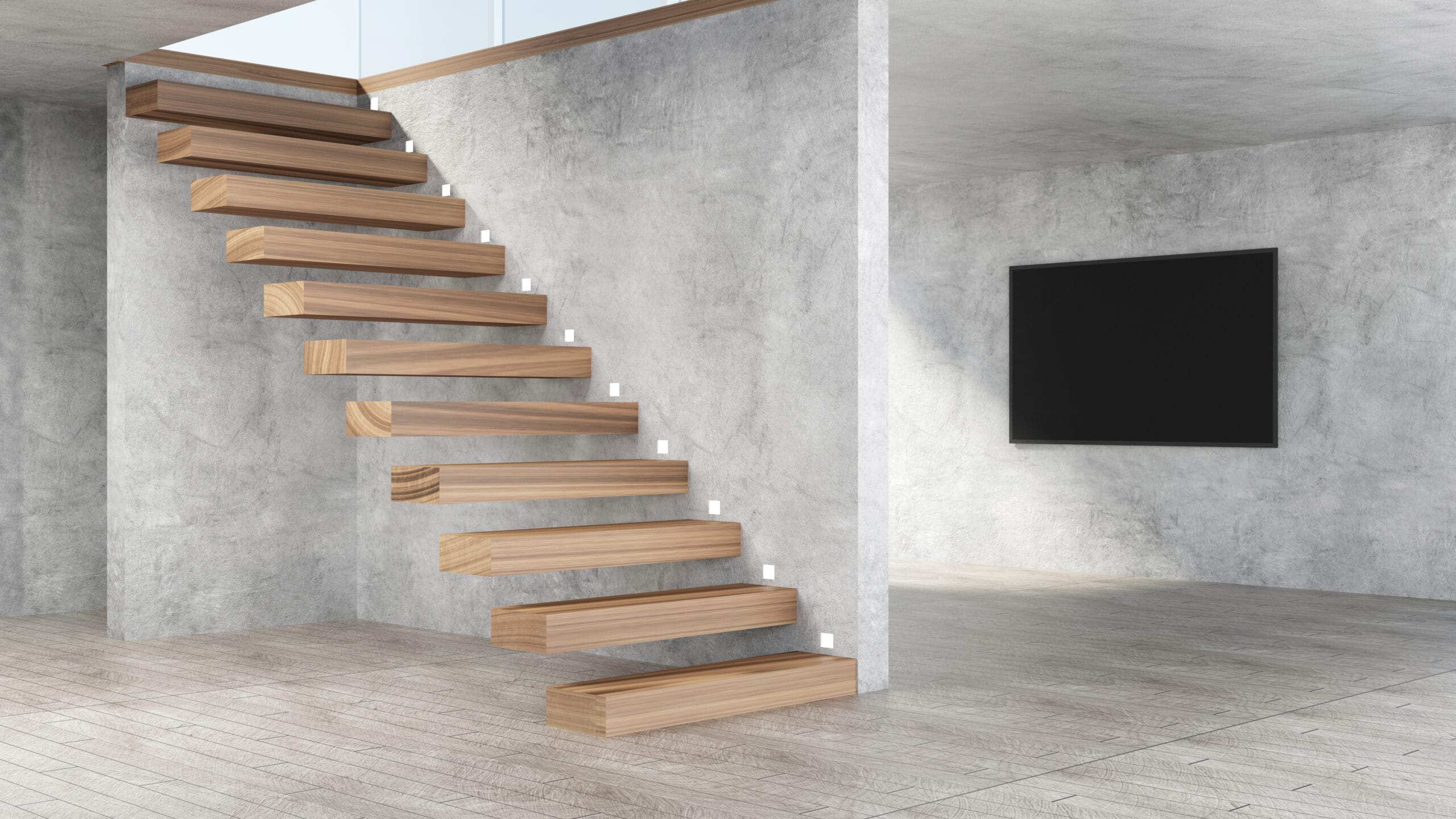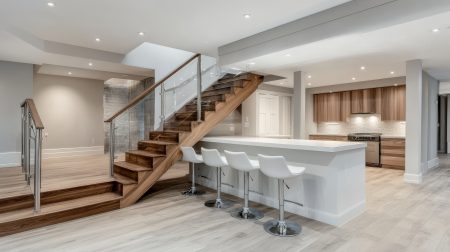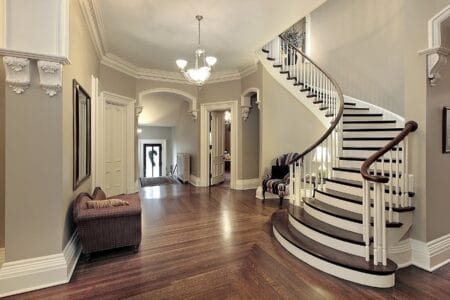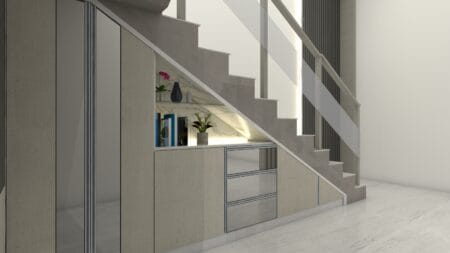When I think about stairs and staircases, I often find myself reflecting on their fundamental role in our daily lives. Stairs are typically defined as a series of steps that allow individuals to ascend or descend between different levels of a building or structure. They can be as simple as a few steps leading up to a porch or as complex as the grand staircases found in historic mansions.
The term “staircase,” on the other hand, refers to the entire structure that encompasses the stairs, including the landings, railings, and any supporting elements. This distinction is crucial, as it highlights the broader architectural context in which stairs operate. In essence, stairs serve a practical purpose, providing a means of vertical transportation.
However, they also possess an aesthetic quality that can enhance the overall design of a space. Staircases can be grand and imposing, or they can be minimalist and unobtrusive, depending on the architectural vision behind them. As I navigate through various buildings, I often notice how the design of stairs and staircases can influence the flow of movement and the overall ambiance of an area.
Whether they are functional or decorative, these structures are integral to our built environment.
Concretely
- Stairs are a series of steps that allow people to move between different levels, while staircases refer to the entire structure, including the steps, handrails, and landings.
- Design and structure differences between stairs and staircases include the presence of a supporting structure in staircases and the ability of stairs to be freestanding.
- Functional differences include the use of stairs for vertical movement and staircases for connecting multiple levels within a building.
- Material differences can include the use of wood, metal, concrete, or glass for stairs, while staircases are typically made of a combination of these materials for structural support.
- Safety considerations for stairs and staircases include the use of handrails, non-slip materials, and proper lighting to prevent accidents.
Design and Structure Differences
Functionality and Efficiency
A straight staircase is straightforward and efficient, allowing for easy access between floors. This type of staircase prioritizes functionality, making it a practical choice for many buildings.
Aesthetic Appeal and Craftsmanship
In contrast, a spiral staircase can serve as a stunning focal point in a room, showcasing intricate craftsmanship while saving space. The structural differences between stairs and staircases can be quite pronounced. A staircase typically includes not just the steps but also landings, which provide resting points and transitions between different flights of stairs.
Design and Material Options
These landings can be designed in various shapes and sizes, contributing to the overall aesthetic appeal of the staircase. Additionally, the materials used in construction can affect both the design and structural integrity of the staircase. For example, a wooden staircase may evoke warmth and tradition, while a metal staircase might convey a modern and industrial feel.
Functional Differences Between Stairs and Staircases
Functionality is another area where stairs and staircases diverge significantly. Stairs are primarily designed for movement; they facilitate the transition from one level to another with minimal obstruction. I often find that in residential settings, stairs are designed with comfort in mind, featuring gentle rises and treads that make ascending and descending easier for all ages.
In contrast, staircases may incorporate additional features such as handrails or balustrades that enhance safety while also serving as decorative elements. In commercial spaces, the functional differences become even more pronounced. For instance, fire escapes often utilize external staircases that are designed for quick evacuation during emergencies.
These staircases must adhere to strict safety regulations and are typically constructed from durable materials to withstand heavy use. In this context, the functionality of the staircase takes precedence over aesthetics, emphasizing safety and efficiency over design flair.
Material Differences
The materials used in constructing stairs and staircases play a significant role in their overall appearance, durability, and maintenance requirements. When I consider the various materials available, I am often amazed at how each one brings its unique characteristics to the table. Wood is a classic choice for residential staircases, offering warmth and elegance.
However, regular maintenance is required to prevent wear and tear over time. On the other hand, metal staircases are increasingly popular in modern architecture due to their strength and versatility. Steel or aluminum can be used to create sleek designs that complement contemporary spaces.
Additionally, concrete is another material that has gained traction for both indoor and outdoor staircases. Its durability makes it an excellent choice for high-traffic areas or external applications where weather resistance is essential. Each material has its advantages and disadvantages, influencing not only the aesthetic appeal but also the longevity of the stairs or staircase.
Safety Considerations
Safety is paramount when it comes to stairs and staircases, as they can pose significant risks if not designed or maintained properly. I often think about how crucial it is to have well-constructed handrails that provide support while navigating stairs. The height and spacing of these railings must adhere to safety standards to ensure they effectively prevent falls.
Additionally, non-slip treads are essential for minimizing accidents, especially in areas prone to moisture. Moreover, proper lighting is another critical safety consideration that cannot be overlooked. Well-lit staircases help individuals navigate safely, reducing the risk of missteps or falls.
In my experience, poorly lit staircases can create an intimidating atmosphere that discourages use. Therefore, incorporating adequate lighting fixtures into staircase design is essential for enhancing safety while also contributing to the overall aesthetic appeal.
Cost Differences
When it comes to cost differences between stairs and staircases, several factors come into play that can significantly influence pricing. The complexity of design is one of the primary determinants; custom-built staircases with intricate designs or high-quality materials will naturally come at a higher price point than standard straight stairs. I have often found myself weighing the costs against the benefits when considering renovations or new constructions.
Additionally, labor costs can vary depending on the type of staircase being installed. For instance, a simple wooden staircase may require less labor than a more elaborate spiral staircase made from metal or glass. Furthermore, ongoing maintenance costs should also be factored into the overall expense.
Some materials may require more frequent upkeep than others, impacting long-term financial considerations. Ultimately, understanding these cost differences allows me to make informed decisions when planning construction or renovation projects.
Maintenance and Cleaning Variances
Maintenance and cleaning requirements for stairs and staircases can differ widely based on their materials and design features. For example, wooden stairs often require regular polishing and sealing to maintain their luster and protect against scratches or water damage. I have learned that neglecting this maintenance can lead to costly repairs down the line.
In contrast, metal staircases may require less frequent cleaning but can be prone to rust if not properly treated or coated. Concrete stairs are generally low-maintenance but may need occasional sealing to prevent staining or cracking over time. Understanding these variances in maintenance needs helps me appreciate the long-term implications of my material choices when designing or renovating spaces.
Common Uses and Applications
Stairs and staircases serve a multitude of purposes across various settings, each tailored to meet specific needs. In residential homes, I often see them used as functional elements connecting different levels while also serving as decorative features that enhance interior design.
In commercial settings, stairs and staircases are essential for facilitating movement within large buildings such as offices or shopping centers. They provide access to different floors while also serving as emergency exits in case of fire or other emergencies. Outdoor staircases are commonly found in public parks or recreational areas, allowing visitors to navigate hilly terrain safely.
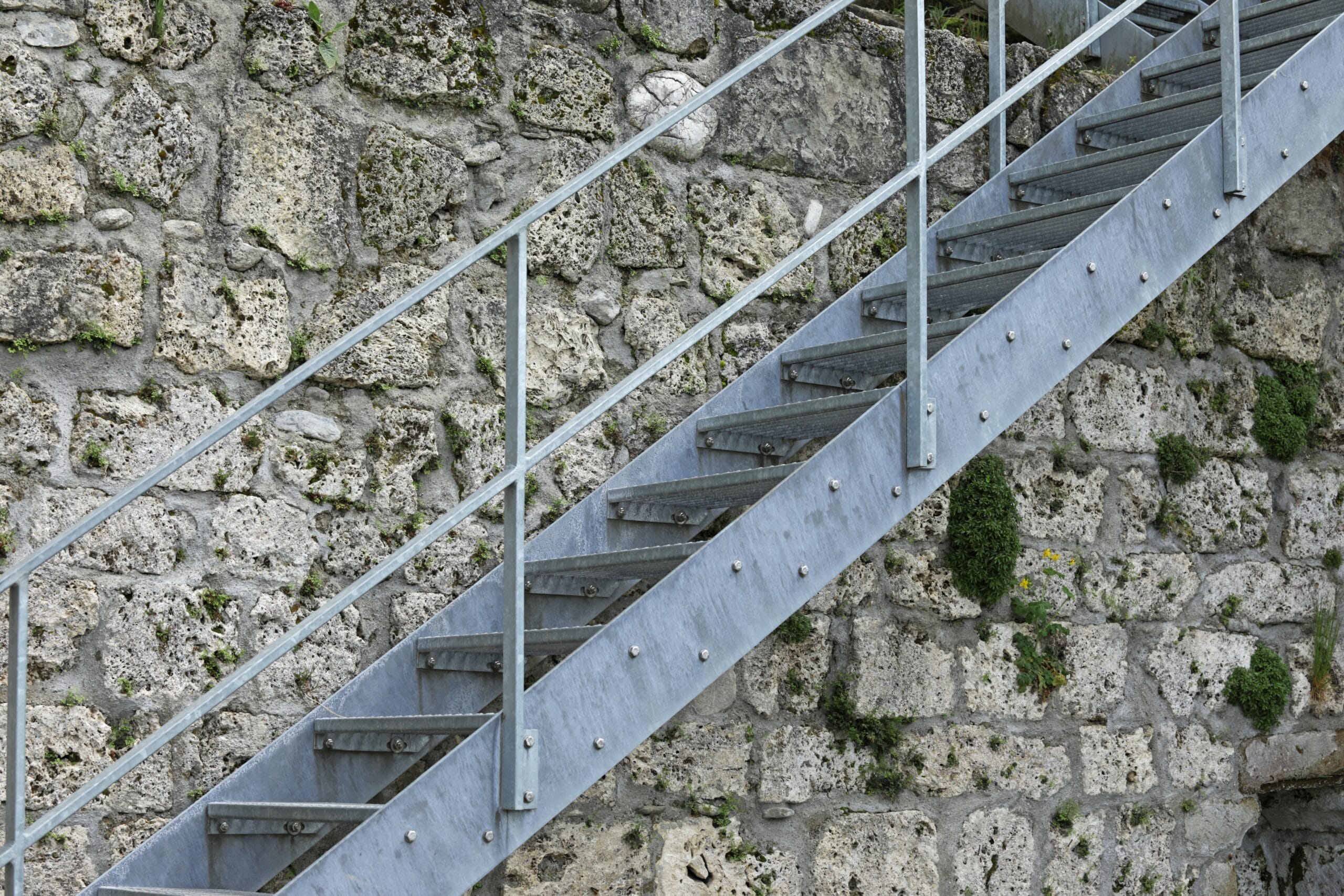
The versatility of stairs and staircases makes them indispensable components of our built environment, serving both practical functions and aesthetic purposes. In conclusion, my exploration of stairs and staircases reveals their multifaceted nature—ranging from their definitions to their design differences, functional roles, material choices, safety considerations, cost implications, maintenance needs, and common applications. Each aspect contributes to my understanding of how these structures shape our interactions with space and influence our daily lives.
Whether I am ascending a grand staircase in a historic building or navigating simple steps in my home, I am continually reminded of their significance in our architectural landscape.
